Most Wanted Components 2013


Kronos Tonearm, Formerly the Black Beauty ($8500): This arm, used on the Kronos turntable, provided excellent sound at the Rocky Mountain Audio Fest. I had not heard either before. It’s expensive but exceptional. The arm is designed to pivot at the level of the record’s surface. This seemed to give the arm exceptional stability and ease. I would love to hear it versus the Ikeda 407CR1, my reference. (Norm Luttbeg)
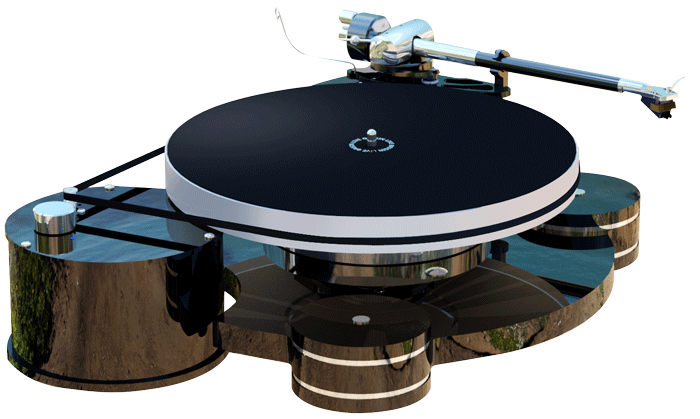
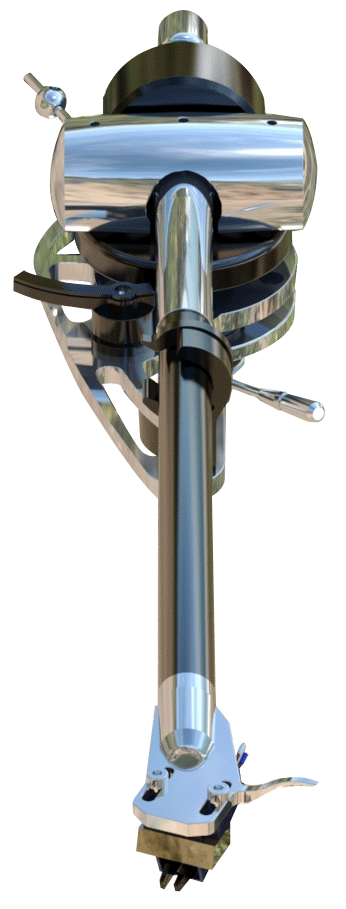
Origin Live Resolution turntable ($3300) and Enterprise tonearm ($5900)
Their combined strengths, ease of installation and remarkable sense of musicality have reinvigorated my appreciation for LPs. The new Origin Live is great news for any analog neophyte who may find the price of most good tables daunting. The quintessence of Origin Live products rests in simplicity of design and sophisticated performance. (Clement Perry) Reviewed here.
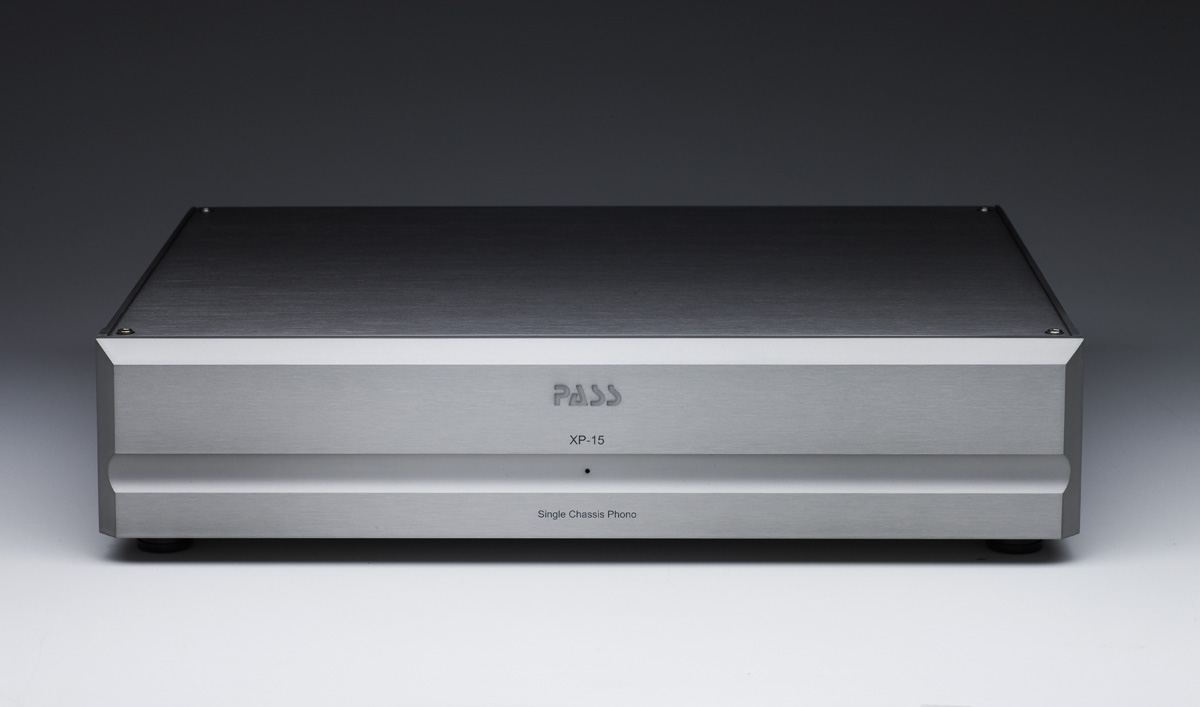
Pass labs XP15 Phono Stage ($3,800): This gorgeously built and thoughtfully designed component has done more to revitalize my love of vinyl than any other component to grace my home. The biggest difficulty I’ve had has been finding a cartridge worthy of it. It simply brings to life every particle of music that your cartridge is capable of extracting and does so in a way that computer music may never be capable of and for less the $4K! (Dave Thomas) Reviewed here.
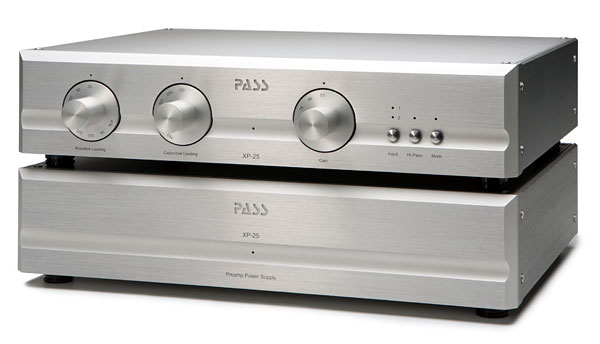
Pass Labs XP25 Phono Stage ($10,600)
The XP30’s desire to satisfy – regardless of regular grade or reference grade material (LPs) – appears relentless. Its dynamic swings and contrasts seemed so natural yet exciting. Its two-piece chassis is said to lend to greater noise reduction among other things. What’s more obvious is the XP25’s ink-black backdrop is what sets the stage for it remarkable resolution, image stability and harmonic integrity. The XP25 embodies that special blend of authenticity and excitement to my analogue system that keeps me listening well past the midnight hour. Also well built and equipped, the XP25 is versatile as a Swiss Army knife. (Clement Perry)

Manley Chinook Phono Preamplifier: ($2,250): This fine tube phono preamplifier can accommodate just about any phono cartridge in current production. It has two gain settings of either 45dB for moving magnet cartridges or 60dB for moving-coil cartridges. Cartridge loading is done via a rear-mounted DIP 8-switch array that provides 32 different cartridge loading options. This direct descendent of the highly acclaimed Manley Steelhead actually uses the same basic circuit as the Steelhead though it is not as feature-laden and the power supply does not have the same degree of overkill. I found the Chinook to be a very sweet, smooth-sounding unit that provides a very good sense of dynamic contrasts and surprisingly good bass articulation from its four 6DJ8 tube compliment. The price is quite reasonable and should be affordable to many. I was hooked and couldn’t resist buying the review unit. (Frank Alles – reviewed here)
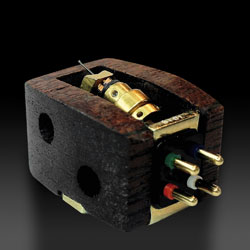
Stein Music Aventurin 6 MC Cartridge ($6k)
Hard to describe. Easy to hear. Tweak meister Holger Stein may be better known for his Harmonizers and other unusual gizmos, but his Aventurin 6 cartridge is, in my opinion truly among the best cartridge to have graced my place. Easy, yet dynamically rich and harmonically accurate is what first came to mind after extended lisening sessions. Stein (the man) visited only weeks ago to gauge firsthand what the Viv Lab Rigid arm and the big and mighty Triangle Art Reference SE turntable did with his beloved cartridge. The broad smile that came over his face spoke volumes way before a 180 gram pressing of Miles Davis’ Flamenco Sketches finished up. But Stein’s shout out “Wow Clement, …very natural!” didn’t hurt either. (Clement Perry)
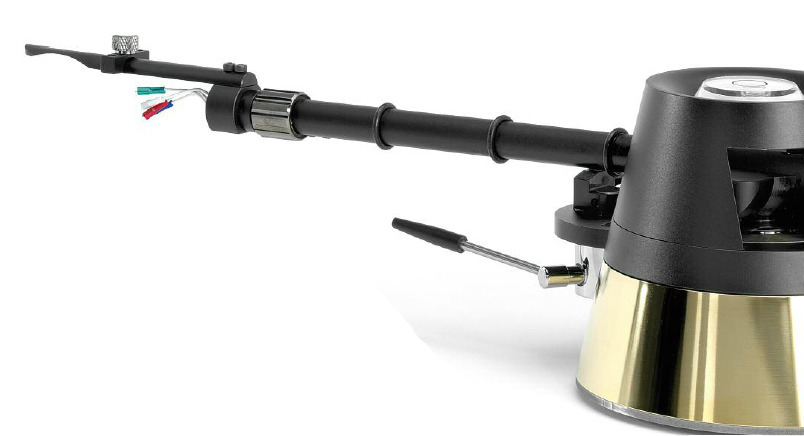
Viv Lab Rigid Tonearm (7″ $4390 / 9″ $4590 / 13″ $4990)
But if you really wish to find out whether your system has been papering over some sonic cracks and cross-compensating for some aural shortcoming with lucky unplanned system synergies, or simply holding back your cartridge’s true potential, then by all means give the RF a try. You will emerge with a better system, and one from which you will have learnt something valuable. At the end of the day, that truly is what a tonearm is supposed to do; just the truth and nothing else, thank you ma’am. (Stephen Yan) Reviewed here.
Publisher’s note: I too must concur with Stephen’s assessment of this unique and innovative arm. Mine is the 9″ variation and it provides a remarkable sense of neutrality coupled with scale and textures never realized from my analogue rig. (Clement Perry)

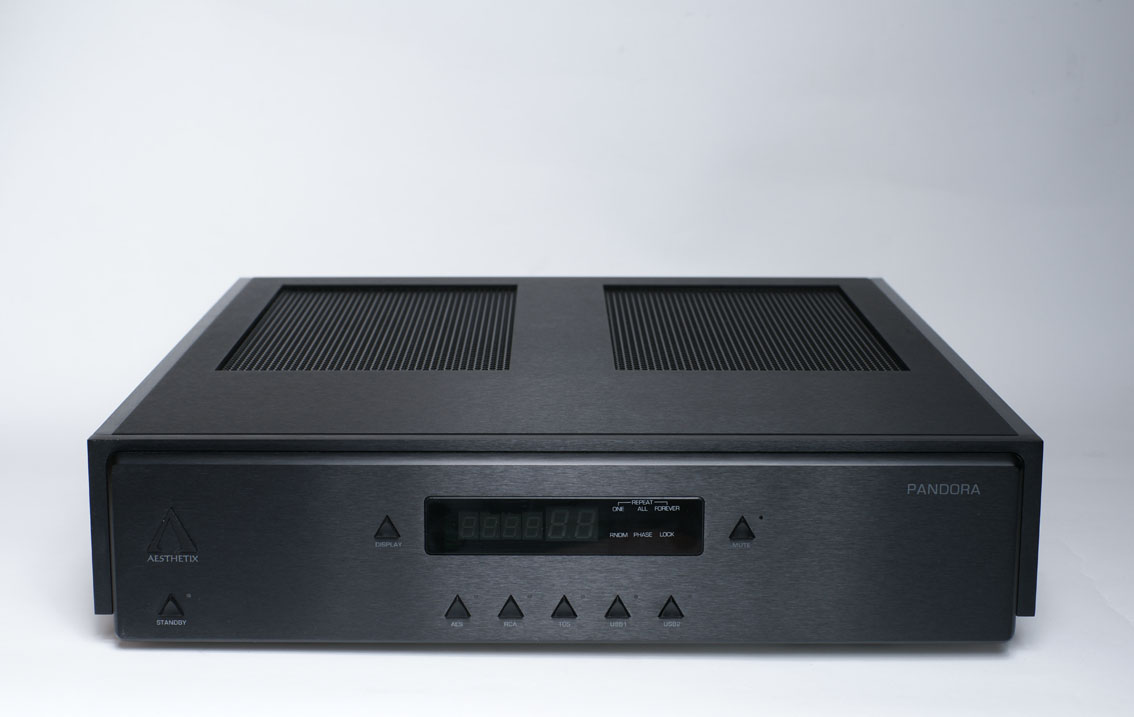
Aesthetix Pandora/Romulus Tube DAC/CDP: (Pandora DAC: $6,000, Romulus DAC/CDP: $7,000, Optional Volume Control: +$1,000, Signature Model: +$3,000): Have it your way. Aesthetix offers a lot of flexibility in their digital products. You can you configure them to your needs via both balanced (XLR) and single-ended (RCA) inputs and outputs. After using the Romulus with volume control for several months I continue to be impressed with the sonic performance and how well it drives an amplifier directly. Both units exhibit a warm and musical presentation while providing all the details and nuances of voices and instruments and an expansive soundstage. There is no harsh digital sound but neither is the sound veiled or muddy. I discerned no smoothing, just a clean and accurate presentation that invites many hours of listening.
I am anxious to try the Signature upgrade that has just been released. In addition to upgraded components, the Signature version will include DSD and DSD 2X. The Signature upgrade will be available for existing units. (Don Shaulis)
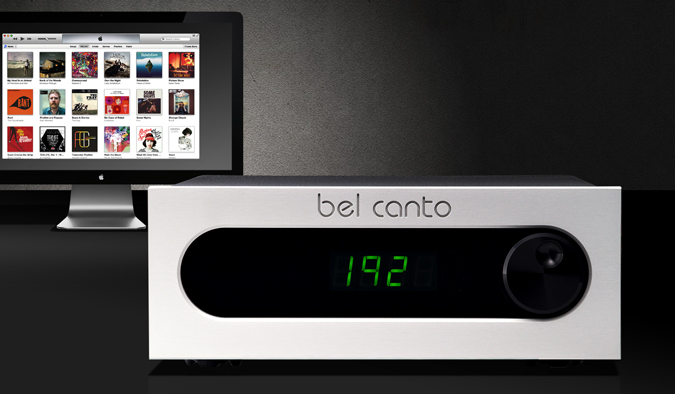
Bel Canto Design – REF Link: ($1,495): I found this USB converter to be a revelation in terms of significantly enhancing the overall sonic performance of digital playback in my reference system. By moving from the standard CD playback approach to the digital streaming process, noticeable improvements occurred across the entire audio spectrum including a more open and spacious soundstage. Music emerged with ease from an even quieter background with a more life-like, palpable, tactile quality along with noticeably improved dynamics. Clarity and inner resolution were improved with greater articulation from top to bottom. Bass performance was improved with more a solid snap, midrange textures became more rich along with greater layering, and high frequencies were smoother, more neutral and sweeter overall.
Bottom line – once this unit was in my system, and with the significant level of improvement in my system’s overall sonic performance, I felt compelled to keep it there. As such, I purchased the review sample and am a totally happy camper. See review in ST. (Bill Wells)
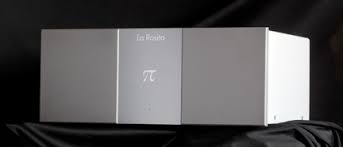
La Rosita Pi Music Server ($12,000): This French music server is a sonic delight and super intuitive to operate thanks to its iTunes-based software. This universal musical translater boasts zero jitter, zero compression as well as zero interpolation error. Hailed as a Memory Player killer over in France. I assure you it is not. It does, however, possess incredible PRaT (pace, rhythme and timing). Enough to make it a viable option for anyone that cannot afford the Laufer Teknik Memory Player’s lofty ($18,500) asking price. (Review forthcoming).
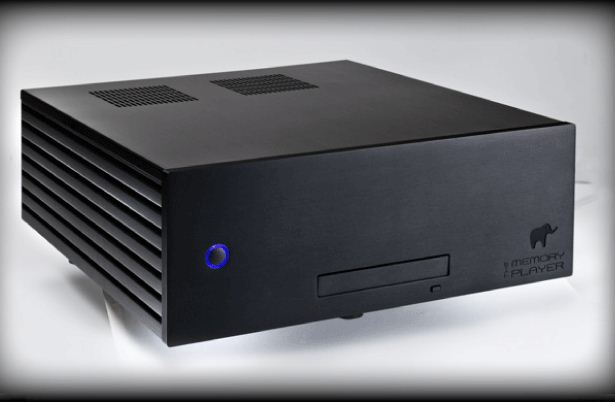
Laufer Teknik Memory Player 64 Full Version (starting at $17,500)
The latest iteration of the MP64 by Laufer Teknik squeezes out additional sonic performance, in the form of increased air, refined sound staging and even more ambient detail retrieval. Mark Porzilli, lead designer, accomplishes this through the introduction of new power filtering and noise reduction circuitry along with software refinements which continue to eliminate timing errors. In the works is a new optional tube dac along with an “Ultra” player with a new software architecture and even lower jitter. How do you get lower than femto second? (Clement Perry)
PS Audio Perfect Wave Transport ($3995)
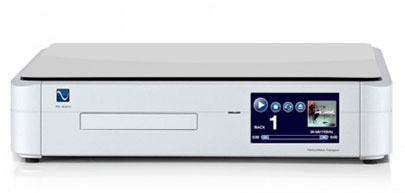 In retrospect it seems extraordinary that it has taken so many decades for digital jitter to get the limelight it is now generally receiving. PS Audio had it right decades ago when they designed the Digital Lens. A version of this revolutionary circuit lies at the heart of their Perfect Wave Transport. The logic of this approach is irrefutable. Store the data from the CD in memory, dump the encoded clocks, create new clocks to access the stored data and send the lot to the DAC. (The Perfect Wave Transport has output options of S/PDIF mutiplexed data or I2S non-multiplexed data.) Is jitter still an issue? Well, yes, nobody has yet found a way of completely eliminating jitter, but it is audibly much less of an issue. Read Many Times error correction assures an absolute minimum of erroneous or interpolated data in the playback stream. Not only does the PWT sound superior to any transport I’ve used, it features a DVD rather than a CD drive, enabling HD file playback (WAV format only at the current firmware level) as well as the inclusion of six or seven CDs-worth of data on a single 4.7GB DVD. If you still spin discs, as I do, the switch to a “memory player” will provide a remarkable improvement in your system, and at $4,000 the PWT is a bargain. (Russell Lichter – Reviewed here)
In retrospect it seems extraordinary that it has taken so many decades for digital jitter to get the limelight it is now generally receiving. PS Audio had it right decades ago when they designed the Digital Lens. A version of this revolutionary circuit lies at the heart of their Perfect Wave Transport. The logic of this approach is irrefutable. Store the data from the CD in memory, dump the encoded clocks, create new clocks to access the stored data and send the lot to the DAC. (The Perfect Wave Transport has output options of S/PDIF mutiplexed data or I2S non-multiplexed data.) Is jitter still an issue? Well, yes, nobody has yet found a way of completely eliminating jitter, but it is audibly much less of an issue. Read Many Times error correction assures an absolute minimum of erroneous or interpolated data in the playback stream. Not only does the PWT sound superior to any transport I’ve used, it features a DVD rather than a CD drive, enabling HD file playback (WAV format only at the current firmware level) as well as the inclusion of six or seven CDs-worth of data on a single 4.7GB DVD. If you still spin discs, as I do, the switch to a “memory player” will provide a remarkable improvement in your system, and at $4,000 the PWT is a bargain. (Russell Lichter – Reviewed here)

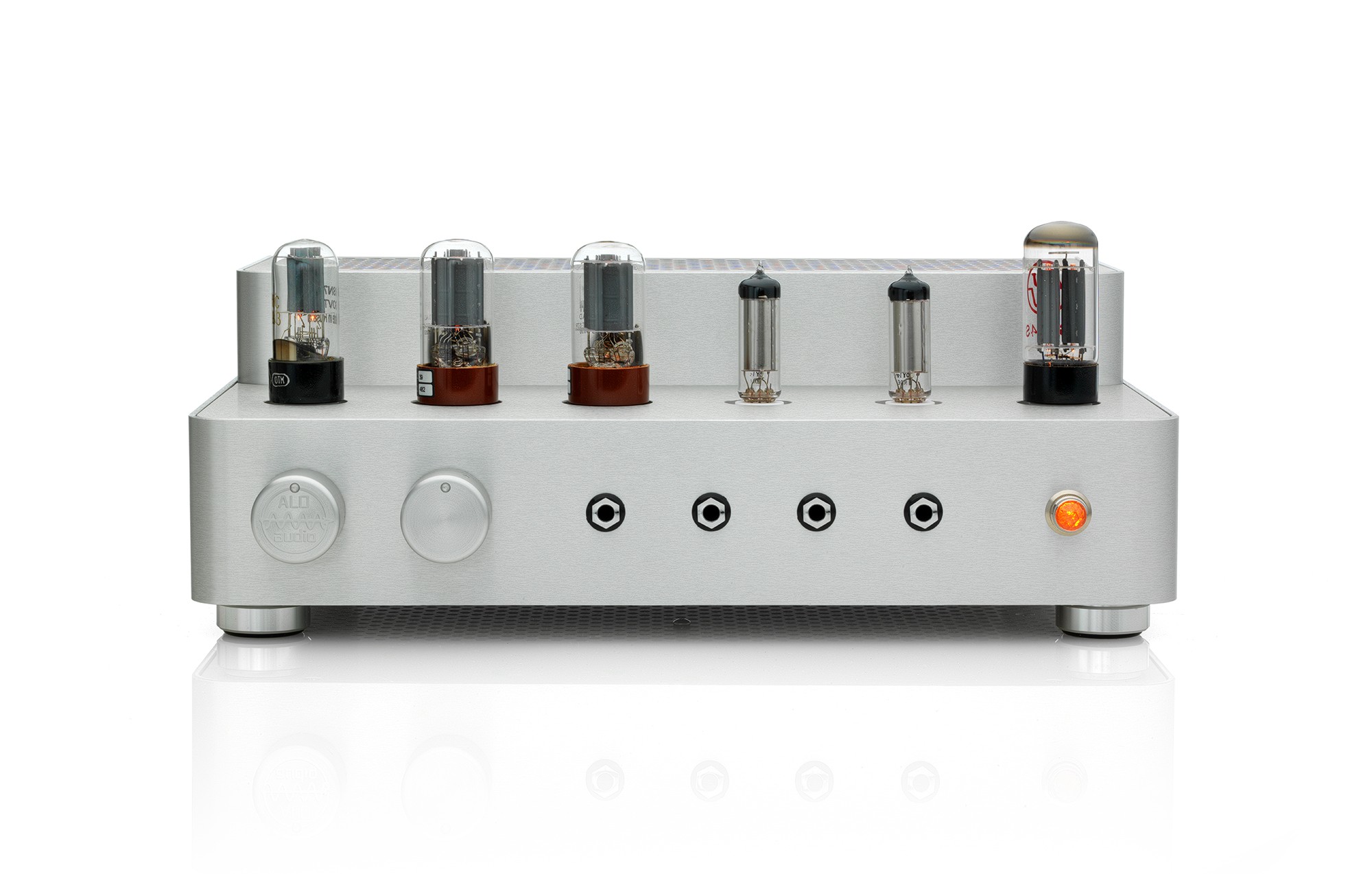 ALO Studio Six headphone amplifier: ($3,900.00 in black or silver): It does not slice and it does not dice. It simply and suavely amplifies headphones. And it does so very very well. The ALO Studio Six headphone amplifier is a Most Wanted Component if ever there was one. A 26 lb., $4,000 purpose-built device which marries a beautiful retro-modern aesthetic with tour de force single-ended triode based sonics, capable of delivering said sonics to up to four listeners of your choosing simultaneously. You couldn’t ask for a better means of conveyance for your favorite music, or for that matter, a better social catalyst at your next party. Okay, alcohol might be better for the latter. Nonetheless, the ALO Studio Six is a marvelously elegant musical device. (David Abramson – reviewed here)
ALO Studio Six headphone amplifier: ($3,900.00 in black or silver): It does not slice and it does not dice. It simply and suavely amplifies headphones. And it does so very very well. The ALO Studio Six headphone amplifier is a Most Wanted Component if ever there was one. A 26 lb., $4,000 purpose-built device which marries a beautiful retro-modern aesthetic with tour de force single-ended triode based sonics, capable of delivering said sonics to up to four listeners of your choosing simultaneously. You couldn’t ask for a better means of conveyance for your favorite music, or for that matter, a better social catalyst at your next party. Okay, alcohol might be better for the latter. Nonetheless, the ALO Studio Six is a marvelously elegant musical device. (David Abramson – reviewed here)
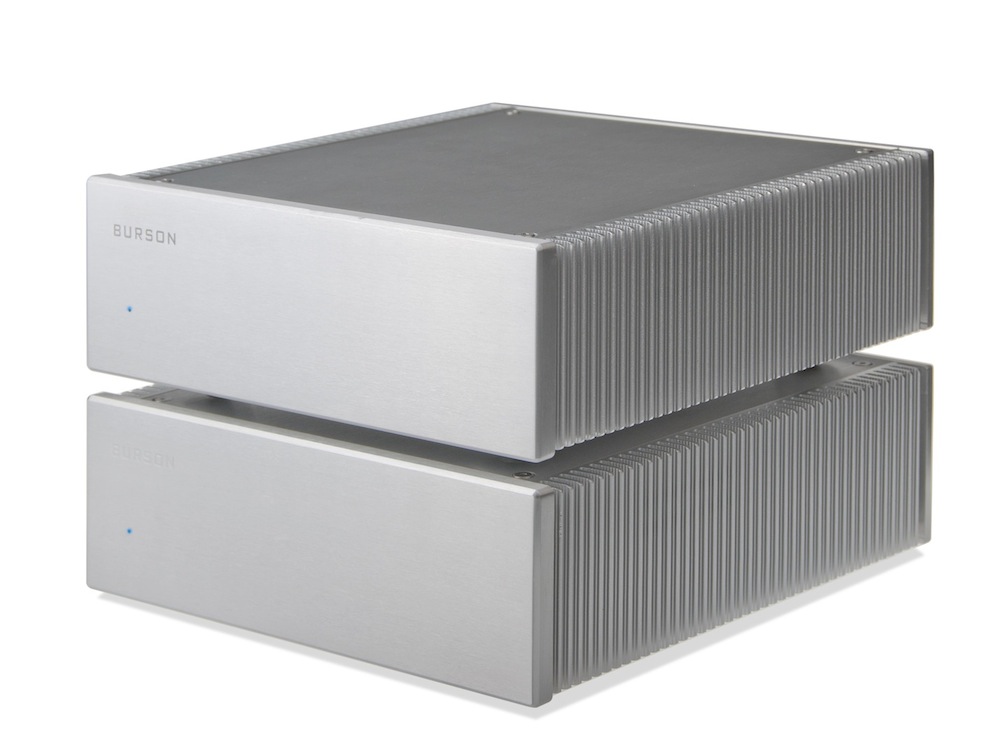
Burson Audio Timekeeper amplifier ($2500): I thank David Abramson for turning me on to this Australian company. The Timekeeper is just a sensational sounding amplifier that seems destined for greatness, thanks in part to its solid-state build, which creates for a very controlled low-end. But couple this vice-grip control to an almost tube-like glow to voices. Now you understand why I am so fond of Burson Audio. Remarkably priced for the performance too. Clement Perry – reviewed here)
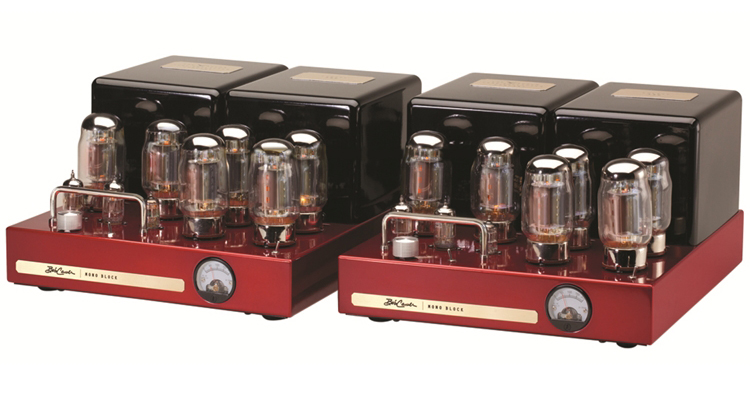
Carver Cherry 180M Mono Block Amplifier: ($7995/pr.): My review time with the Cherry 180 Mono Blocks was a wonderful musical listening experience. The Cherries exhibited lush, textured and nuanced vocals, with a smooth and engaging character, presenting a midrange that was simply to die for. These bad boys sounded great with a wide range of speakers from the most demanding to the most efficient. If you tend toward the more dynamic end of the spectrum, you have the flexibility of switching to modern mode and upping the bias a bit to get a more dynamic/articulate presentation. If your mood changes and you desire a more laid back sound, the Cherries are like chameleons that can adapt to that preference-of-the-day by a mere flick of a switch to classic mode. Not a bad option to have at your fingertips. If you have the opportunity, give the Cherries a listen. It will be an experience that you likely won’t soon forget. (Lew Dardick – reviewed here)
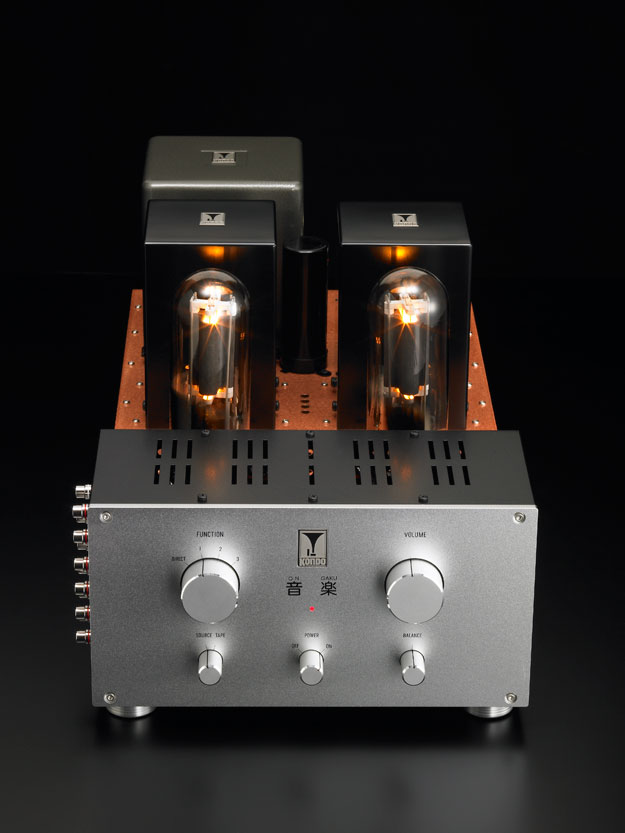
Kondo-Audio Note Ongaku Integrated amplifier: ($101,342), G-70 preamplifier ($33,968), GE-1 Phonostage ($12,366), and KSL-SFz Silver Step Up Transformer ($9,048): The Kondo sound is freer of mechanical artifacts than any other products I have had the pleasure to audition. The overall character of the Kondo sound is pure and intimate. Well, there you have it Kondo is the best tube gear I’ve encountered in my system. (Key Kim – reviewed here)
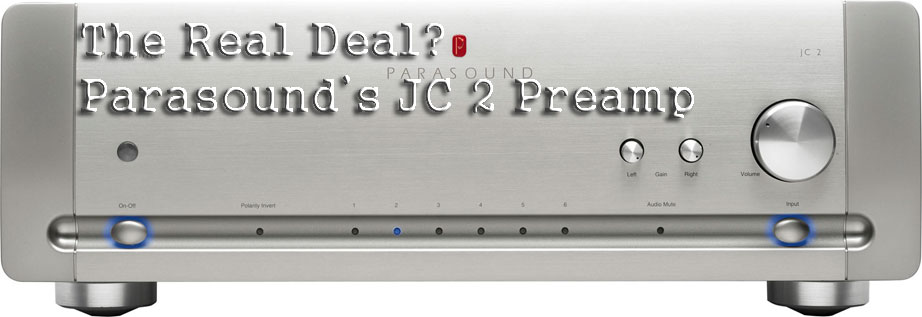
Parasound JC 2 Preamplifier: ($4,000): If you are in the market for a great preamp at a reasonable price, with exceptional dynamics and clarity, yet smooth with the natural bloomy attributes of some fine tube gear, the JC 2 may be your ticket to audio nirvana. It was for me, to the point that I bought the review sample. It’s not too often that you come across a world class product at a very reasonable price in the world of high end audio, but in the case of the JC 2 preamp, I believe it fits the bill. When I removed the JC 2 from my system I felt like something was missing. I was not hearing all the little details and resonance of the instruments that I heard when the JC 2 was in place. I loved the JC 2 when it was mated with warmer associated equipment. There was a wonderful synergy that struck the right musical balance for my listening taste. This is one awesome preamp that took my system to a level of performance that I previously did not think was possible using a $4,000 preamp. (Lew Dardick – reviewed here)
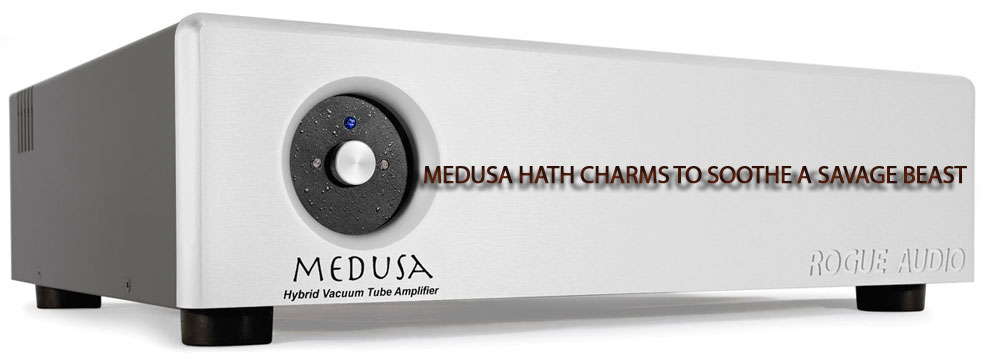
Rogue Audio Medusa Tube-Hybrid Power Amplifier: ($3,995 with Black or Silver faceplate): This is the perfect amplifier for people who need a high-power amplifier that sounds smooth and seductive in the tradition of fine valve amplifiers but also has fantastic bass articulation while not doubling as a room heating device. The Rogue Medusa with its trademarked TubeD™ technology has become one of my favorite amplifiers, combining the sweet sound of a tube input stage with very potent Hypex class-D power output modules. It has been serving happily in my large-room reference system for some time now. The Medusa is a very quiet amplifier and provides both RCA and XLR-Balanced stereo inputs. Highly recommended! (Frank Alles – reviewed here)
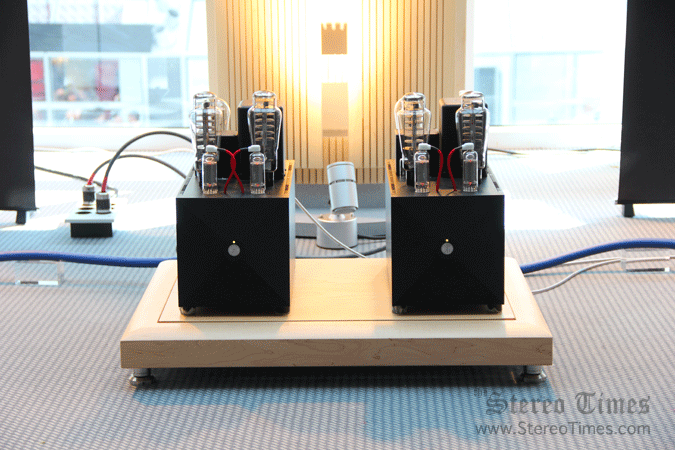
Thrax Audio Spartacus Monoblock Amplifier: ($48,500/pair) and Dionysos Tube preamplifier: ($21,500): Thrax Audio is a state-of-the-art tube electronics company from Bulgaria and its products are among the best I’ve heard. The 70-watt amps are Class-A designs, featuring two-stage shunt regulated, directly heated triodes (DHT) and the preamp features a unique transformer–based volume control. Listening to a string quartet was simply blissful. The music was rendered delicately and truthfully. Strings were portrayed vividly; the bloom, the sheen and overtones were exquisitely captured. Thrax carefully chooses each part it uses after many hours of listening tests and each component is meticulously constructed by artisans. (Key Kim)
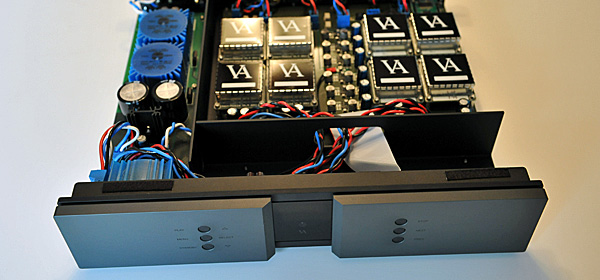
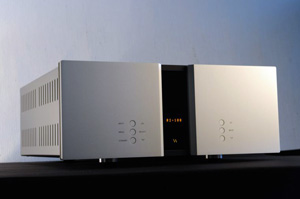
Vitus Audio RD-100 DAC Linestage and RS-100 Stereo Amp (RD-100 $14,000 and RS-100 $13,500): From Vitus Audio’s “entry level” Reference Series component line comes a DAC/Linestage and power amp combination that will fearlessly compete with the very best available, even including Vitus’ own pricier product lines. The RD-100 is a fully analog linestage with a complete array of digital inputs. The RS-100 is a 300 watt Class-AB stereo amp that may lack a bit of the sweetness of Vitus’ pure Class-A designs but damn that amp can slam! The rhythm, spaciousness, stage depth, and percussive snap are just flat out dazzling, all the while maintaining much of your recordings’ musical richness. And because these are Vitus products you know the build quality is breathtaking. (Dave Thomas – reviewed here)
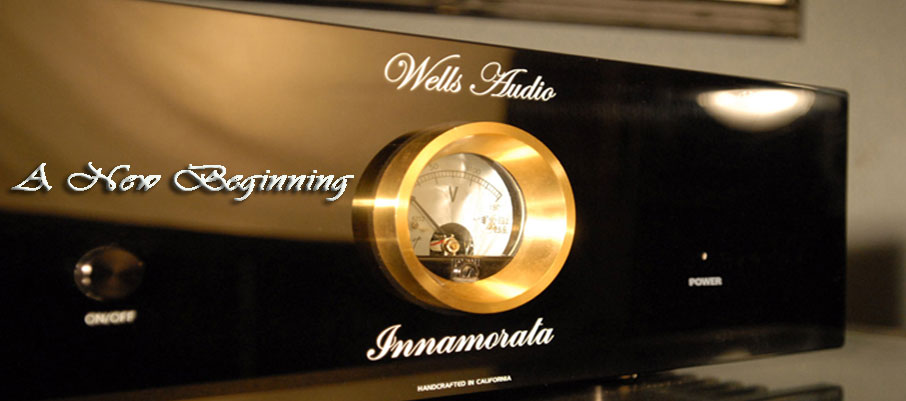
Wells Audio Innamorata stereo amplifier:$6,500.00
As it stands in the here and now, there’s no question that Jeff Wells has hit a home run with the remarkable sounding Wells Audio Innamorata stereo amplifier. I think the Innamorata ushers in something fresh and exciting at its price point and beyond. The Innamorata is in a word special (Clement Perry – reviewed here).

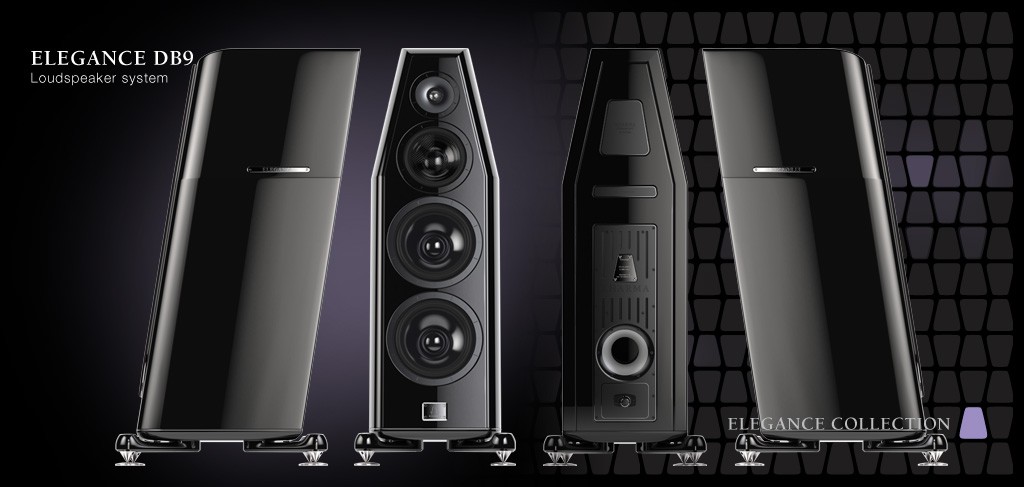
Kharma Elegance dB9-S: ($36,000): Made in Holland, the attractive Kharma Elegance dB9-S is a three-way floorstander, using a 1” beryllium tweeter, Kharma’s Charles Van Oosterum designed 7” Kharma Omega midrange driver (carbon-composite driver), along with two 9” aluminum woofers, housed in exquisitely finished cabinets. The dB9-S provided a well-balanced sound overall, with a gorgeous three dimensional soundstaging and superb dynamic range capability. (Key Kim)
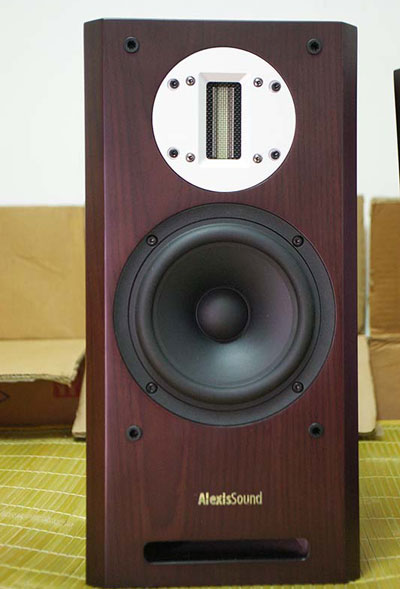
Alexis Sound Rebecca Monitor ($850): That an $850 loudspeaker would be included in this list is noteworthy enough. That this ribbon-based loudspeaker sounds so rich and at ease comes as a major relief for this dying hobby of blowhards who believe a high-end product is based on performance – and asking price. Not so. Judged solely on its performance, I would have swore this two-way monitor retailed for at least $2800. Rejoice all you budget minded music lovers. (Clement Perry – review in the works)
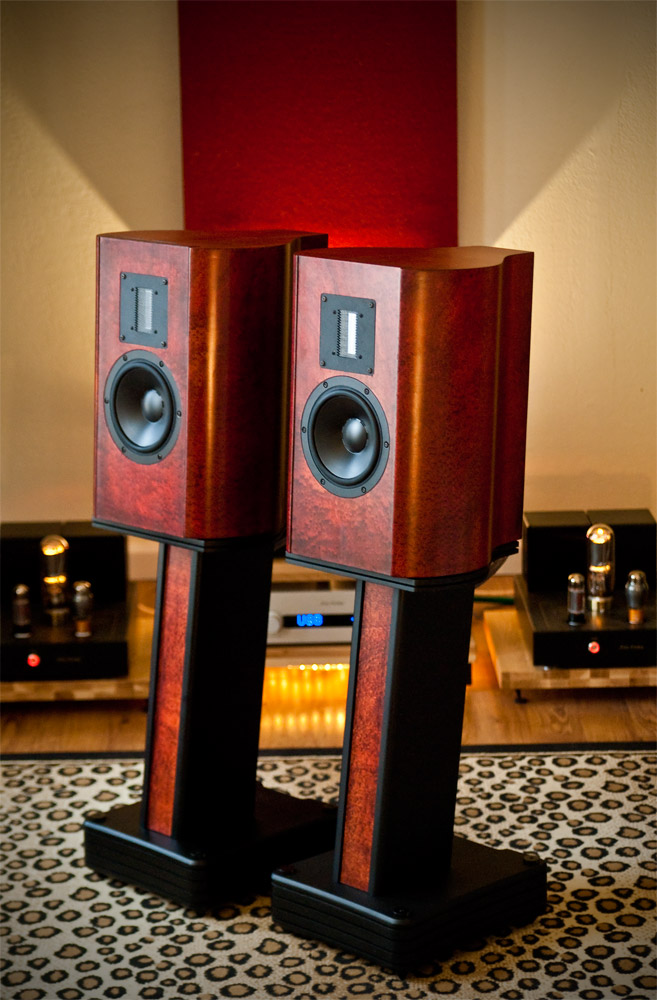
Vapor Audio Cirrus Blacks ($3,995): The Cirrus Blacks really did justice to almost any reasonably well-recorded album or CD. There are bigger, more expensive speakers out there, but don’t count out the little guy. The Vapor Audio Cirrus Blacks are a very serious effort that has yielded a great loudspeaker. If you’re looking in this price range, or even higher, don’t overlook them. They really are something special. (Greg Simmons – Reviewed here)
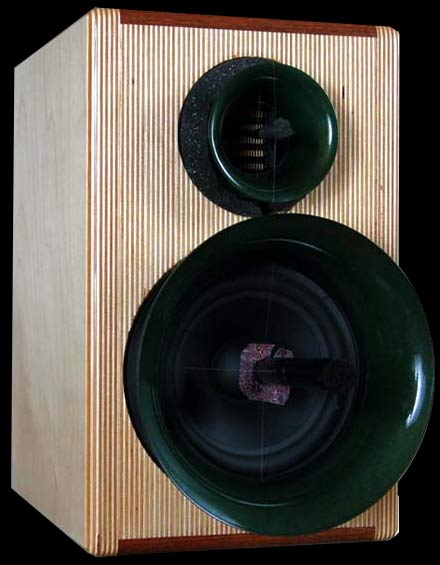
Wavetouch Audio Grand Teton Monitor loudspeakers: (Russian Baltic Birch $3,500/pr., Piano Black MDF cabinets $2,000/pr.): These small monitor speakers using newly developed Wavetouch Technology (employing horns with waveguides) produced a huge multi-layered soundstage. The two-way monitors using a 5.25” mid-bass driver and a Heil-type AMT high frequency driver totally disappeared in my room and provided greater clarity and more fine detailing than I had previously experienced from any loudspeaker. Bass articulation is superb and they extend down to about 40Hz, which, for small speakers rated at 94dB/watt is an amazing feat—and that is why I called them the “Higgs Boson” of speakers. The Grand Tetons have become my new small-room reference loudspeakers. (Frank Alles)
Publisher’s Note: I too have spent the past few months listening to the Grand Teton monitors and very unique in appearance (horn waveguides), they WORK! So much in fact, I would have to say they performed way beyond my expectations in the areas of coherency, depth of stage (and width), image specificity and dynamics. These attributes lends to hours of musical enjoyment and sonic bliss.


Akiko Audio Tuning Sticks (starting at $150.00): Designed to quell unwanted noises and AC contaminants from our beloved audio rig. I think they not only do just that, but they do it in a very convincing manner. In a short period of time they have won a few of us over (Clement Perry – review in the works).
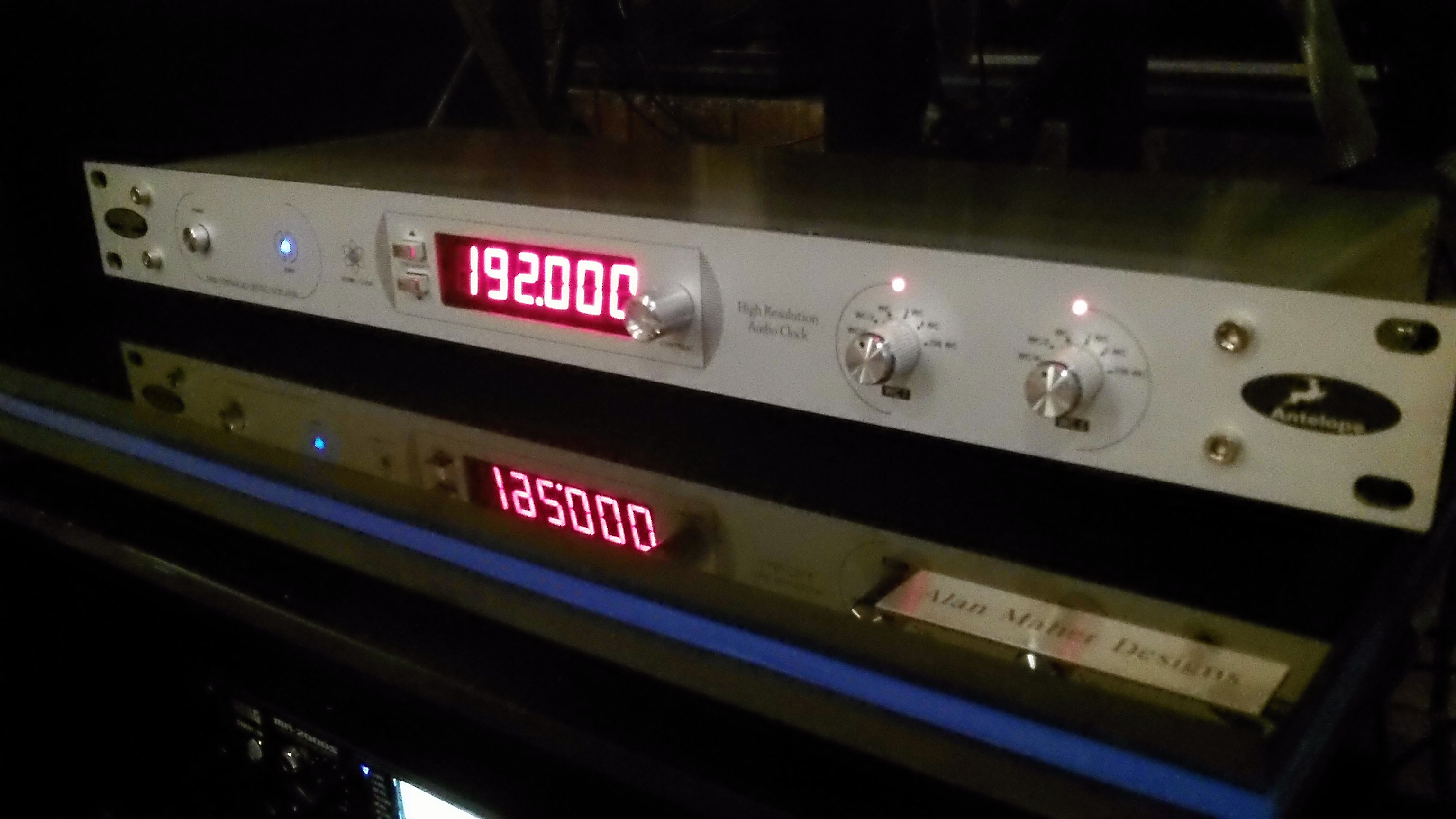
Alan Maher TriCell Active Cell Platform ($950.00): Heard the effects in a super big rig and immediately became smitten by the TriCell’s sonic virtues. A major name DAC costing more than $25k had made a noticeable leap in overall resolution, overall quiet and naturalness just by placing one of these under it. Got my hands on a pair recently and am getting similar results in the same areas when placed directly under my Behold amplifiers (Clement Perry – review coming soon) 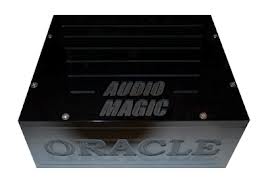
Audio Magic Oracle 24: ($5000): Audio Magic is a Colorado based company that is doing wonderful things with the audio environment. The Oracle 24 caught me by surprise, when suggested by a friend and this was after previously purchasing the entire compliment of the IPC products, considered by some to be the world’s best tweak. Previous to the Oracle 24 I felt with all my adjoining tweaks, I was finally at the end of the road in the accessory department. However, I was woefully wrong. When given the opportunity to audition the Audio Magic Oracle 24 (we will call it a conditioner, although it’s passive), I was shocked and amazed at how the unit supercharged all my existing tweaks and accessories by enhancing the effects of each product without having a physical connection. The Audio Magic Oracle 24 is a must have to the serious audiophile. A full review on this product will be forthcoming. In the meantime, if you’re interested, try setting up an in-house audition. The unit speaks volumes from the instant you turn it on. I’m telling you it will shock and amaze you. Take my word for it; this unit’s effect is far from subtle. (Moreno Mitchell)
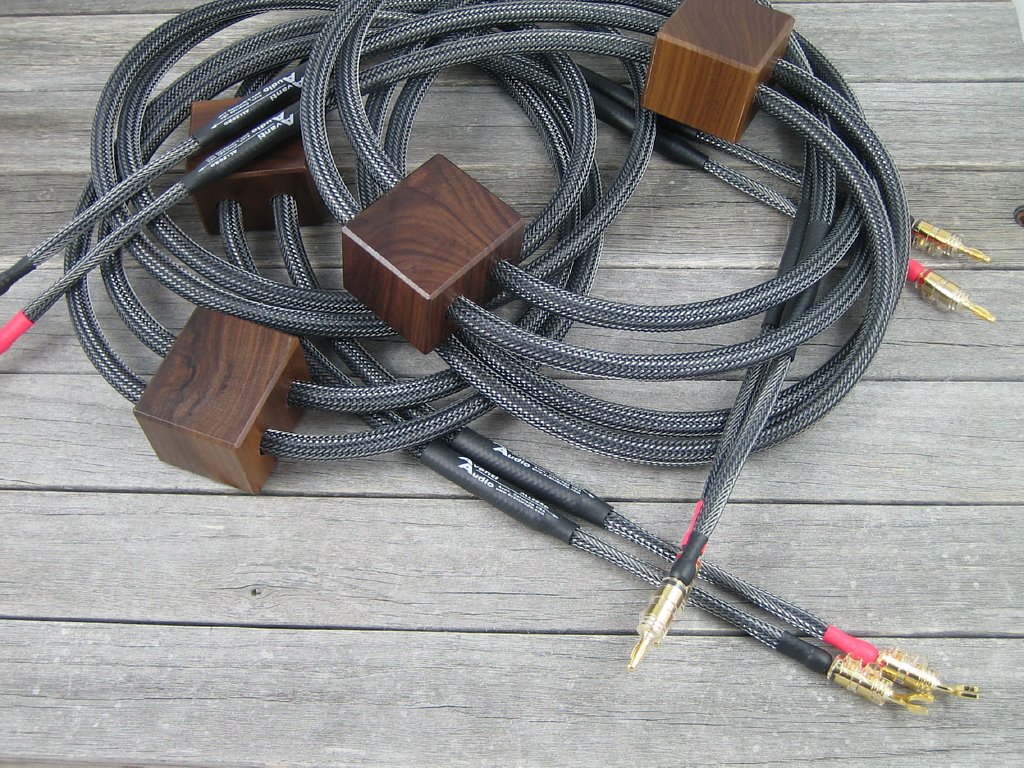
Avanti Audio Allegro Cables (Balanced Interconnects w/Neutrik XLR’s $225.00/1.0M pair, Speaker Cables $325.00/6′ pair, 11 Gauge A/C Power Cables
from $200.00 / 0.75M Length):
The Avanti Audio cables are nicely built, fine sounding and surprisingly affordable. It’s amazing how much cable you can get for the dollar these days. But referring to these cables only in terms of how relatively little they cost does them a big disservice. These are not just cables for people who don’t want to spend a lot of money; these are cables for anyone who wants a high-quality product that will enhance the sound of their home audio system. The speaker cables are the best value based on how well they meshed with both planar and dynamic speakers in my system. (Dave Thomas)
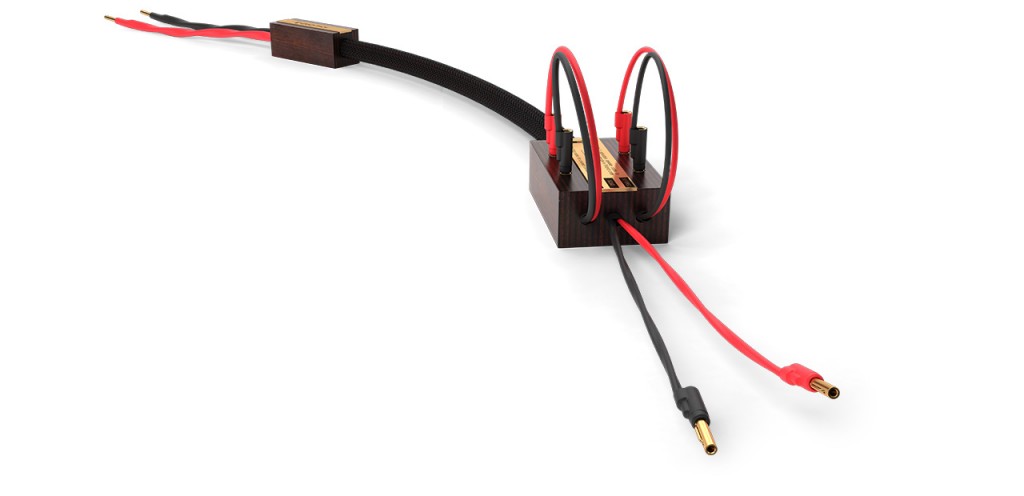
Graditech Lumi 3 Speaker Cables and Kide 3 Interconnects: Another lovely product from Finland. These are the third cables that I’m recommending this year and probably the ones that were most fun to play with. With little effort the speaker end of the speaker cables can be connected using either silver, solid core, or stranded speaker wire or a combination of wires. Each wire type carries its own sonic characteristic and allows the user to choose the wire that gives them the preferred sound. Imagine the possibilities of with so much flexibility. I could not find a configuration that wasn’t musically satisfying. Review coming. (Dave Thomas)
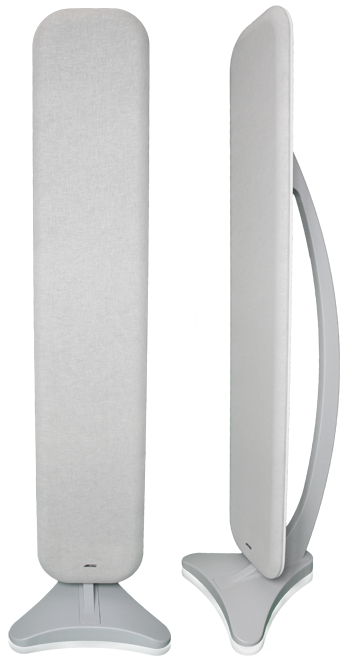
IPC Acoustic Equalizer: (Room Conditioner: $2950 each): Placing four IPC Acoustic Equalizers in my listening room, one behind each speaker and one in opposite corners affected the sound of my system in many ways. First, it allowed me to be much more emotionally engaged with the recorded performance (Even with audiophile warhorse recordings). Second, it sounded lusher and sweeter while having improved resolution. Third, I heard more natural harmonics throughout the frequency range and greater dynamic range. And finally, the subtleties and textures of the performances were more evident. The space heard in the recordings expanded naturally in every direction.
It is exciting for a product to come along that lives up to its hype. After hearing the incredible results in my system, the MWC designation was a “no brainer.” (Dan Secula – Reviewed by Stephen Yan, Clement Perry and Mike Silverton here)
IPC Products: I can be brief (as a welcome novelty in the verbose realm of audio commentary). A raft of IPC goodies operate en suite as a potent aid to better sound chez Silverton: four Acoustic Energizer capsules, two Acoustic Equalizer panels, a Sound Power line conditioner and Disc Energizer CD treatment device. In total, a not insignificant billfold-bite, but not untowardly so in a market niche where the highest of high-end cables cost a whole lot more. (Mike Silverton)
 IPC Acoustic Energizers: ($1,250): The Acoustic Energizers are among the most powerful sound enhancers I have encountered. I use four AEs in my reference system and have experienced greater intimacy, soundstage depth and width, and more musicality than before. I strongly recommend listening to this product in your system. Make sure to have your check book ready. (Key Kim reviewed by Stephen Yan and Clement Perry here)
IPC Acoustic Energizers: ($1,250): The Acoustic Energizers are among the most powerful sound enhancers I have encountered. I use four AEs in my reference system and have experienced greater intimacy, soundstage depth and width, and more musicality than before. I strongly recommend listening to this product in your system. Make sure to have your check book ready. (Key Kim reviewed by Stephen Yan and Clement Perry here)
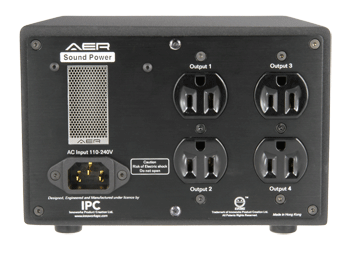
IPC Sound Power AC Conditioner: ($3000): I have always felt if you could tame the nasties of the AC coming into your home, the benefits and improvements of your audio system would be enormous. Most AC conditioners on the market have made claims of holding the key to delivering perfect AC power to one’s home system. Over the years I have tinkered with just about every AC conditioner built in pursuit of perfect AC power. Until recently the IPC Sound Power has had the biggest impact in terms of quietness and AC frequency control. The background noise has ultimately disappeared, thus allowing a profound depth to the soundstage capturing an almost seamless sound likened to a 3D studio recording. All the CD’s I have played since the addition of the IPC Sound Power have taken on a new and improved rendition/meaning. In other words, the music is amazingly real. It has been tough powering my system off for the closing of the day. I go to bed late almost every night due to the fact that I don’t want to leave all that rediscovered music. The IPC Sound Power is a miraculous product. (Moreno Mitchell – Reviewed here)
.jpg)
Klee Acoustic Grand Illusion speaker and Digital Cables: ($8995/per 8 foot speaker cables; $1294 per one meter digital Wave Guide): The Klee Acoustic Grand Illusion Speaker and Wave Guide digital cables are the most authentic sounding cables I’ve had the pleasure to experience in my own system. The music seems to flow like a waterfall while the acoustical space and presentation is breathtaking. I have owned my share of mega speaker and digital cables in the past 10 years, however the Klee Acoustic products are easily the most natural fit for this music lover. It would take an act of providence to tear me away from these cables. (Moreno Mitchell – Reviewed by Staff here)
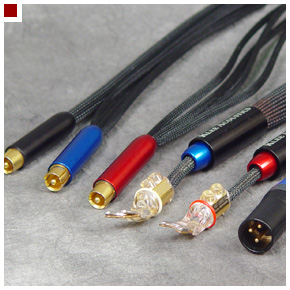
Klee Acoustics Grand Illusion speaker cables ($8995/2.5m pair) and TruBalance balanced interconnects: ($3,995/1m pair): I’ve been using Klee cables in my reviewing system since 2011. I have never had the need or want to try anything else. I have been on the cable merry-go-round enough times to know when the ride is finished. In my research on the Klee Acoustic cable design, I concluded that there is no other cable designed from the ground up like they are. My previous reference cables were truly special in their separation among images, liquidity, truthfulness, coherence and clarity but the Klee Acoustic speaker cables showed me just how signal restrictive my previous reference really were. The full suite of Klee Acoustic cables made my system sound like there were no cables installed, meaning that the cables did not impart any sonic artifacts on the music. I have made some small upstream component tweaks and these cables have always allowed me to dial-in the absolute sound. What is really different about Klee Acoustic cables, as compared to all others I have ever had in my system, was their ability to play at live sound levels without a hint of distortion. If you consider the cost of Klee Acoustic cables and gage their performance against mega dollar cables, Klee Acoustic cables are a real bargain. (Michael Girardi)
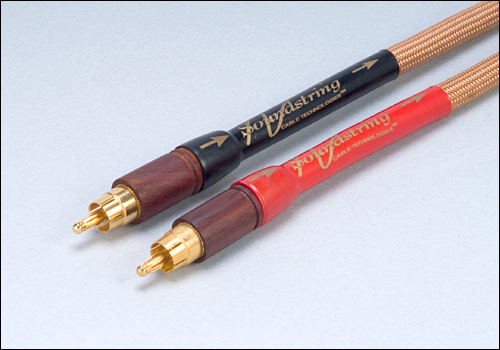
Soundstring Gen II Platinum Series Cables: Take everything I said about the Avanti cables and then consider what you could get for just a little more money. The answer would be the Soundstring Generation II Platinum Series cables. Len Miller and the folks at Soundstring have been making cables for many purposes and for many years, and now all of their talent and wisdom has produced a real winner. I won’t give away too much here because a full review will be coming out soon after you read this. Suffice to say, these cables made me ask myself, “Why would anyone spend more for cables than this?” (Dave Thomas)
Synergistic Research Tranquility Base: ($1995)
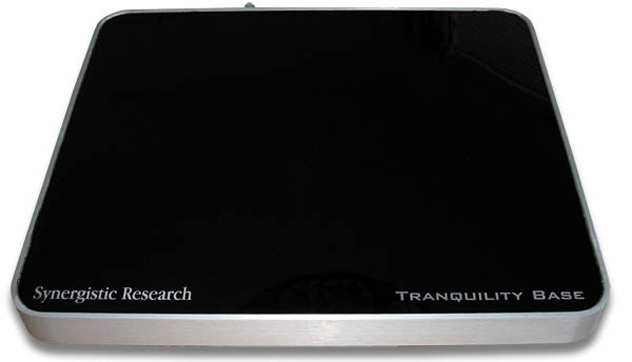
The Synergistic Research Base optimizes the treated component “internally” by negating the negative interaction of internal components while isolating the component mechanically to deliver the best possible sound. With the Base employed, vocals are more captivating, more natural, and project more deeply into the room. I’ve always thought my speakers disappeared well but with the Base energized, there is a dramatic reduction in the room/speaker interaction with respect to the soundstage portrayal. The lower noise floor brought about by the Base, allowed my system to be played at much higher volumes while maintaining a highly resolving clarity. When the SR Base is installed, instruments have greater depth, the frequency extremes have better control, transients are more crisply articulated, the surrounding ambience has greater clarity, and the music is more relaxed. I believe the Tranquility Base will unlock the hidden potential of any audio component. I know of no other device offered today that can do what the SR Base does, so it remains in my system. (Michael Girardi)
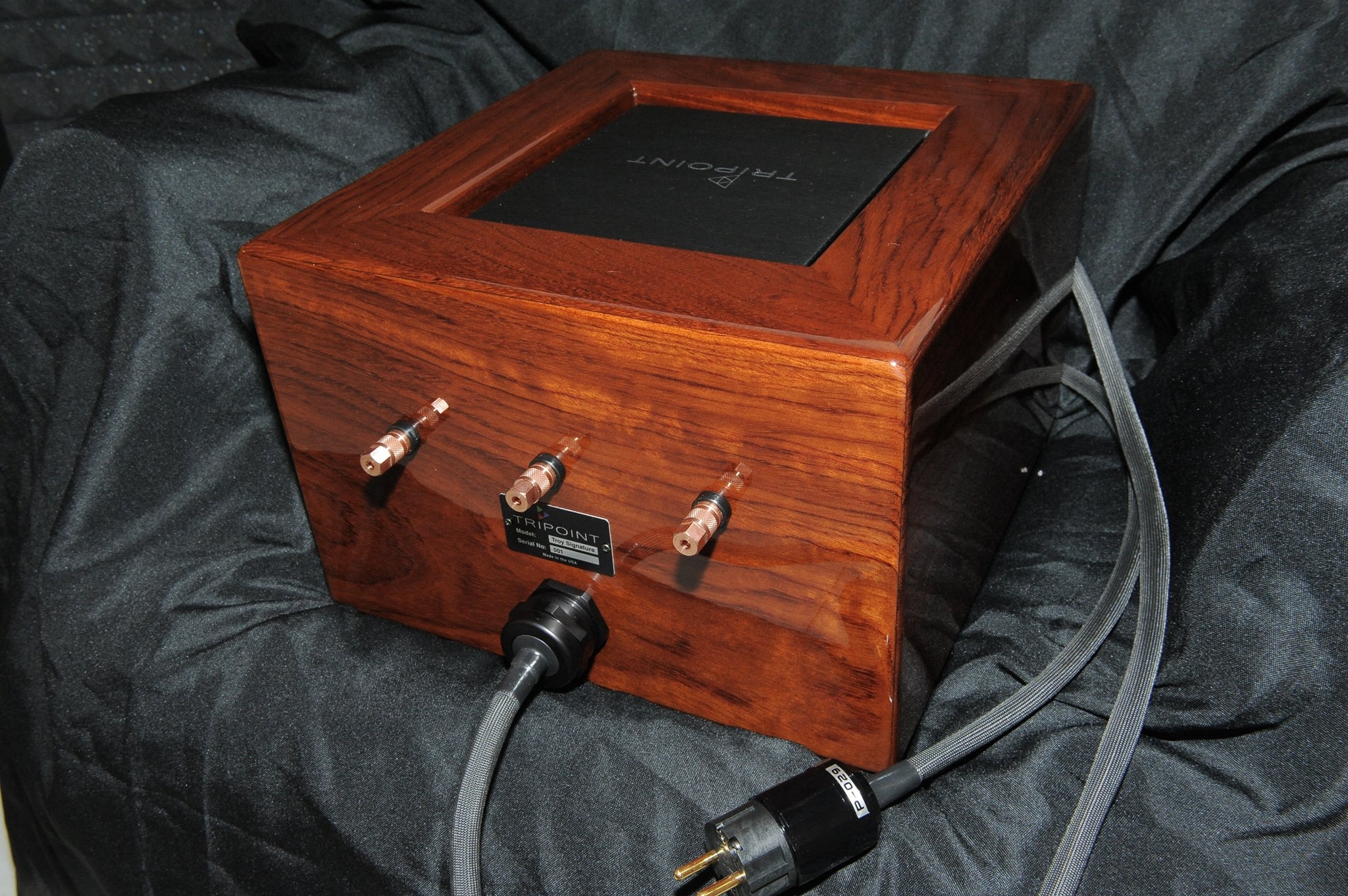
TriPoint Audio Troy Signature ($14,000. With the Thor PC upgrade $21,500): This is the recently released, totally new version of the Troy ground device that is 20 lbs. heavier than the original. The Thor powercord provides great improvement as well. If you think your current system has high noise reduction and great dynamics, this device may well convince you otherwise. My system already had a wide and deep soundstage, but now it seems much more real. This device is seldom seen in the U.S. but it’s routinely raved about in Asia… and by me. (Norm Luttbeg)
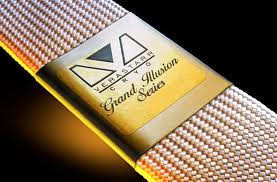
Verastarr Grand Illusion Silver AC cords ($3300) And to think I hesitated. This is a huge leap over the standard Grand Illusion I went gaga over some years back. My sustained hesitance had everything to do with the word SILVER. Often, too bright in my system. Surprise! These are, believe or not, even warmer in tone than the standard Grand Illusions. They simply possess greater bandwidth and are perhaps an order of magnitude quieter. (Clement Perry – review in the works)
Stereo Times Masthead
Publisher/Founder
Clement Perry
Editor
Dave Thomas
Senior Editors
Frank Alles, Mike Girardi, Key Kim, Russell Lichter, Terry London, Moreno Mitchell, Paul Szabady, Bill Wells, Mike Wright, Stephen Yan, and Rob Dockery
Current Contributors
David Abramson, Tim Barrall, Dave Allison, Ron Cook, Lewis Dardick, Dan Secula, Don Shaulis, Greg Simmons, Eric Teh, Greg Voth, Richard Willie, Ed Van Winkle, and Rob Dockery
Music Reviewers:
Carlos Sanchez, John Jonczyk, John Sprung and Russell Lichter
Site Management Clement Perry
Ad Designer: Martin Perry




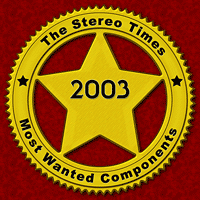


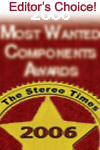



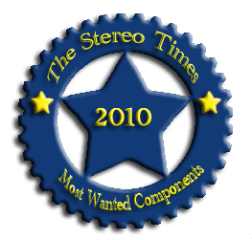
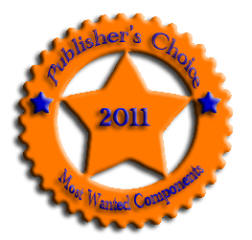
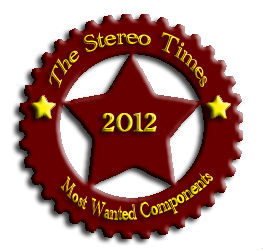



Be the first to comment on: Most Wanted Components 2013